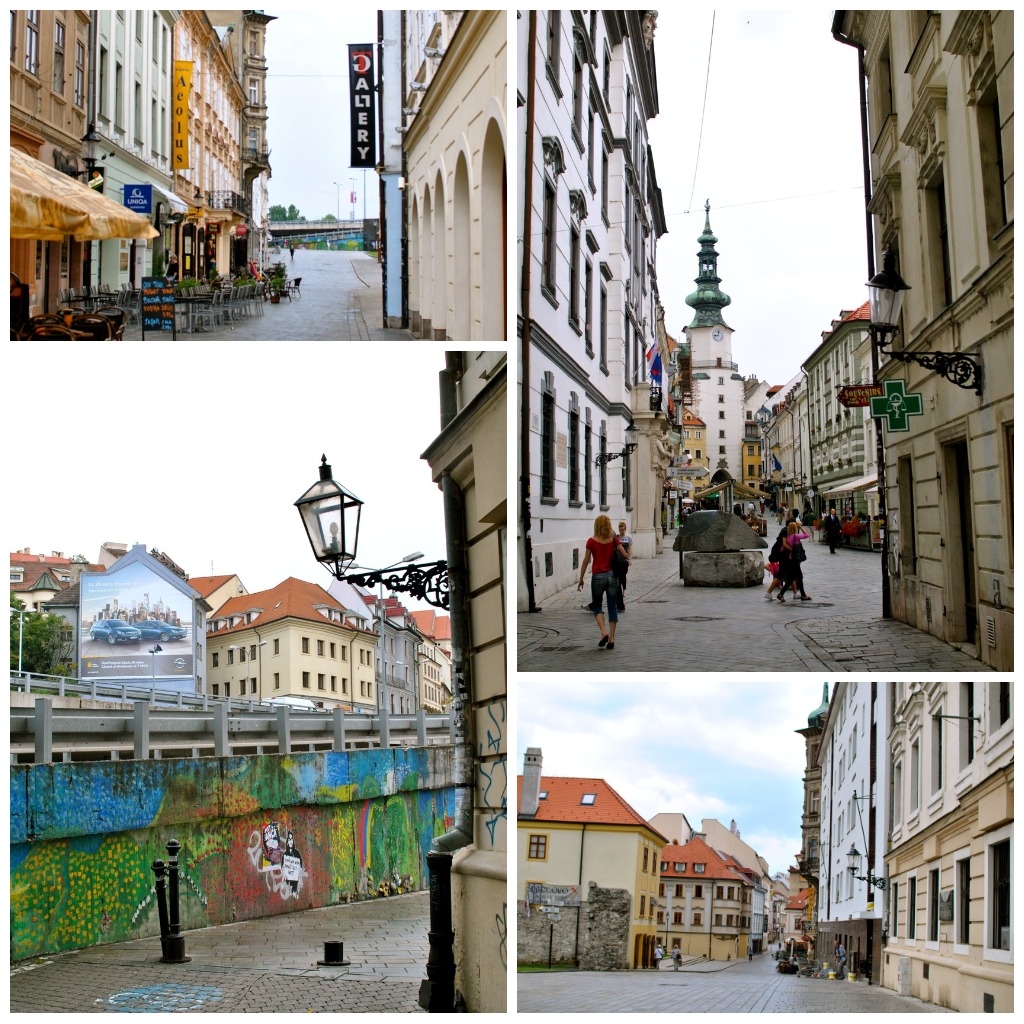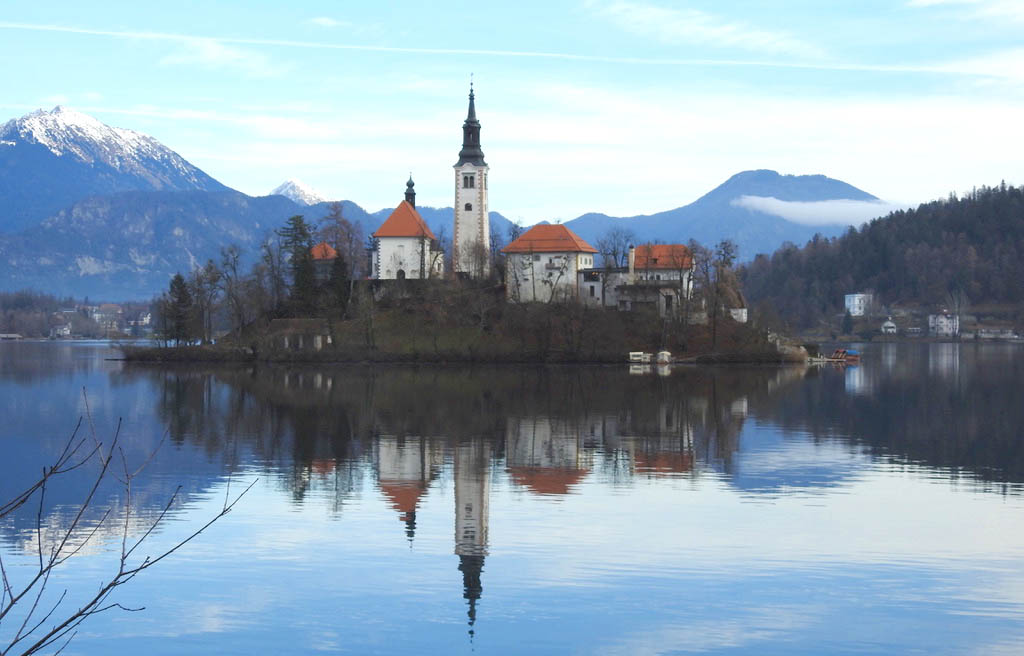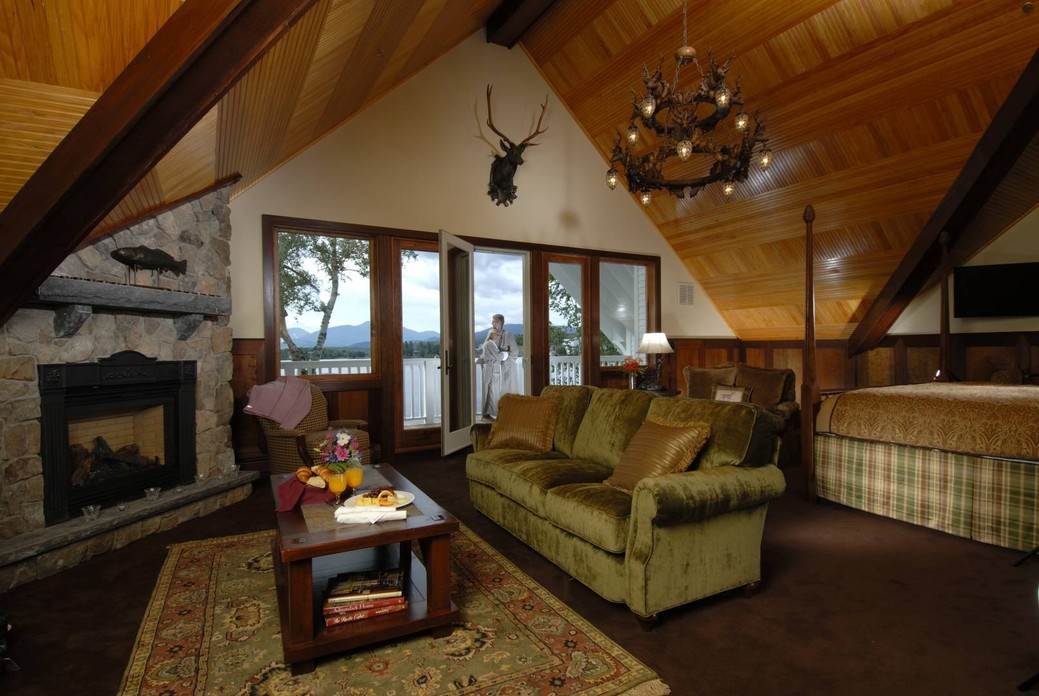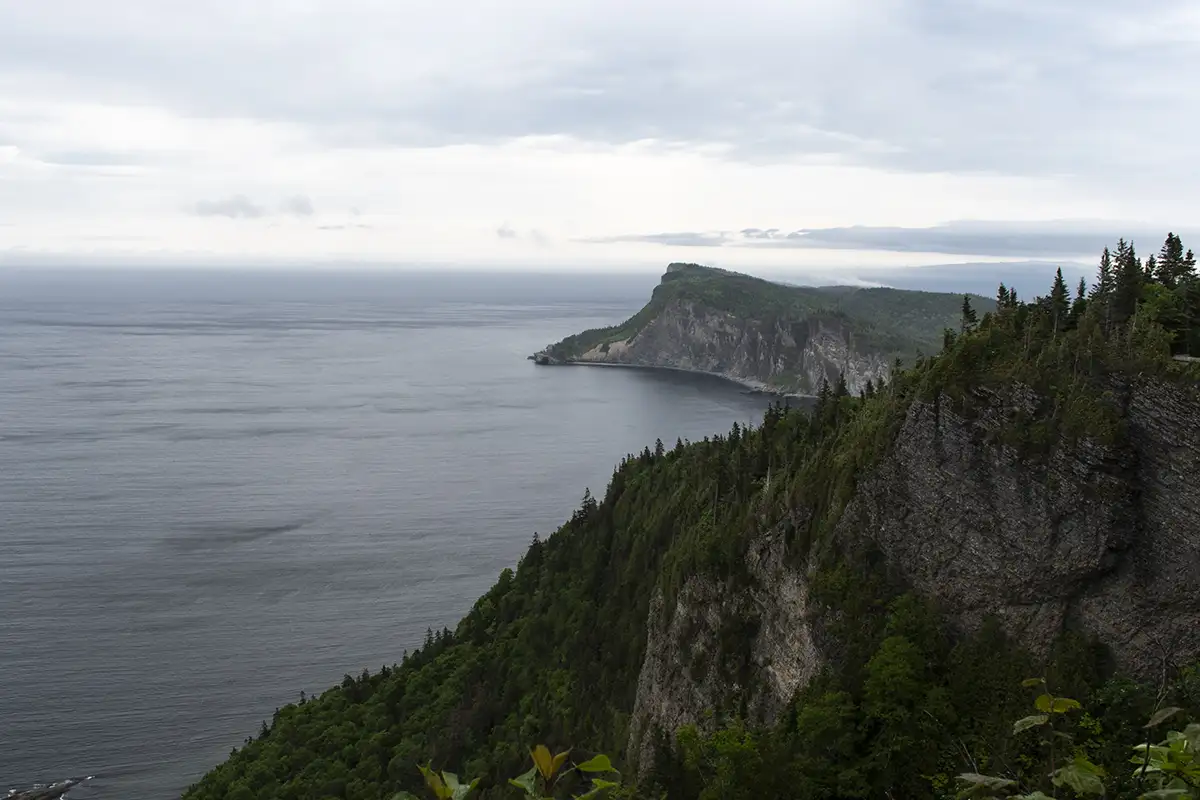
Tale of Two Cities…Part Two: Bratislava
In the middle of Europe lies a very small but proud country, with a small but lovely capital city. The country that I speak of is Slovakia and it’s lovely capital – Bratislava. Bratislava is in part, a world divided, with half its foot in the past and the other half brightly in the future, architecturally and aesthetically speaking at least. The most obvious divide exists with the Danube River, which flows through the center of the city and separates the old town from the Communist-built Petrzalka, perhaps equally as interesting but not as aesthetically pleasing as its older counterpart. There is so much history here, that it is a wonder how it all fits into a city with a population of barely 500,000. Bratislava’s geographic location couldn’t be more beautiful, as the city is nestled between the Carpathian mountains and the Danube river. But aside form its history and location, Bratislava is also a city buzzing with social life, which becomes obvious when one enters any of the many restaurants, trendy cafes and bars, modern shopping centers or galleries alike.


The old part of Bratislava is unique: it survived over 40 years of Communist rule, which left the city’s historical buildings neglected and shabby. After the fall, however, large reconstruction projects took place and most of the buildings were returned to their original grandeur. One just needs to walk through the many alleyways and cobble-stone streets of St. Michael’s Gate in order to appreciate the history of the space. It also doesn’t hurt that many of the old buildings have been turned into small cafes, shops, restaurants and bars, which provide both a charming and distinct atmosphere to enjoy a meal or drink. While artists and crafts people set-up shop in various stands throughout the old town, underground wine cellars dot the city and provide a place where one can sneak off and take a sample of wine at virtually any time of the day. Verne cafe, which is located right across the Carleton Hotel and the US Embassy, is one such locale that features authentic Slovak cuisine, keg house wine (“sudove vino”) and an eclectic collection of furniture. In the summer, virtually all restaurants and cafes have outdoor patios, but I am not talking about plastic lawn furniture, it’s white table cloths or carved wooden pub tables and benches for a truly authentic European dining/drinking atmosphere. The Slovak Pub, on Obchodna Street, offers exactly this kind of authentic Slovak eating experience. Complete with historical Slovak farming equipment on display and various other traditional paraphernalia along with organic Slovak food fare and drinks, this place is a must for any tourist keen on trying Slovak food made Bratislava-style.


If history isn’t your thing, then Eurovea is sure to please. The 2 year old modern construction features funky cafes, trendy restaurants and a large shopping center, all located scenically on the edge of the Danube. The lawns of most establishments here even include large bean-bag seating, comfortable for even the pickiest of guests. Many locals and tourists alike, congregate here for food, drinks, shopping and sun – a perfect way to spend a lazy summer afternoon or weekend.

Across the Danube lies Petrzalka, the Communist-built concrete jungle. Although seemingly vast and uniform, even this part of town has its hidden gems and charm. For the shopper in you, there is Aupark – a large shopping center featuring H&M, ZARA, New Yorker etc. Plus a plethora of restaurants, some Slovak, some fusion. It is also a strong reminder of what the regime destroyed, created and left behind. A constant reminder of the Communist functionalist aesthetic.

However, one cannot leave this city without visiting Bratislava’s emblem: the Bratislava Castle. Part restaurant, part museum this magnificent structure overlooks the entire city, and gives any visitor an appreciation of the small-in-size but rich-in-culture capital.











